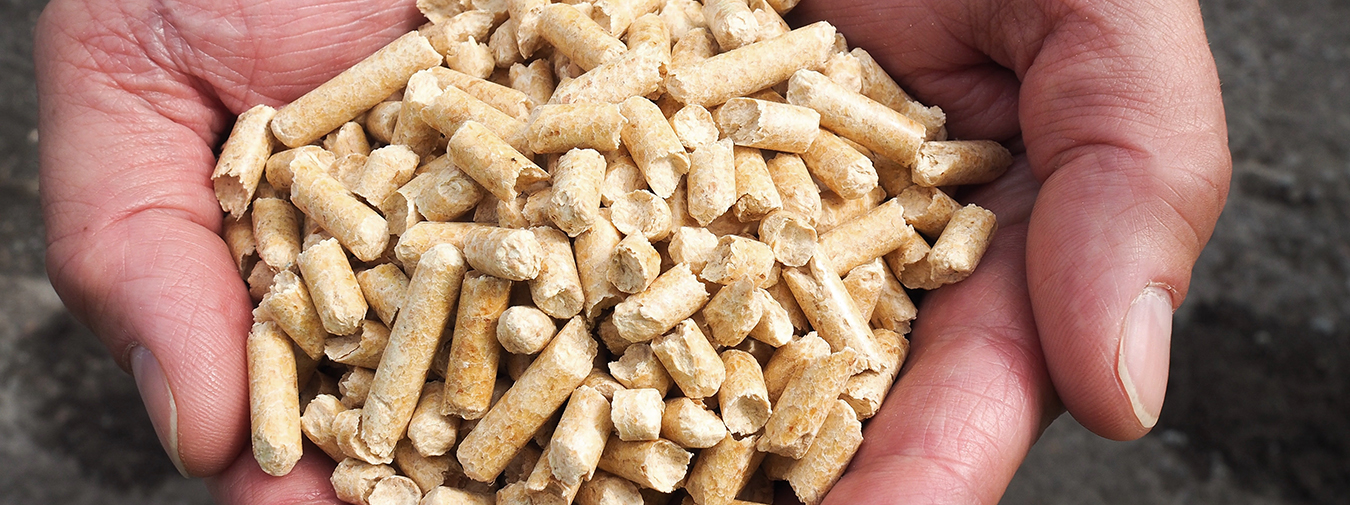Moelven Industrier ASA achieved operating revenues of NOK 43.6 million in the third quarter. This is a decrease of NOK 86.0 million compared to the same period of 2018.
“This quarter was characterised by the more demanding market conditions that were becoming apparent at our half-year reporting. At the same time, we are confident that our climate-smart products and solutions will not go out of fashion any time soon. There are numerous opportunities, even though the market is adjusting its pace,” says CEO Morten Kristiansen of Moelven Industrier ASA.
Moelven reported sales of NOK 2,347.3 million in the third quarter. This is a reduction of NOK 146.7 million compared to 2018, which was one of Moelven’s best years in history.
“The uncertainty in the world economy impacts the Timber Division, which supplies wood products to industrial markets at home and abroad. This part of operations is characterised by a large supply of timber in the market as a result of storm fellings and bark beetle attacks, mainly in southern Europe, which has resulted in a change in demand. For the Building Systems Division, with glulam, office solutions and building modules, the order situation is improving. The Wood Division, which is aimed at the construction industry and building materials trade, is experiencing an increase in operating revenues compared to last year,” Kristiansen explains.
Closures and start-ups
The third quarter was one of contrast for Moelven. In September it was decided to close Moelven Eidsvold Værk AS. This will take place in the first quarter of 2020, and affects 60 employees. The reason for the closure is high operating costs and an excessive need for investments in order to make the company competitive in the longer term.
At the same time, Moelven Pellets AS started trial production at Sokna following the commissioning of a new energy centre and pellet factory. The first pellet deliveries took place in October.
Opportunities and improvements
In recent years Moelven has implemented an improvement programme, and is continuously working with the corporate structure to create as sustainable and competitive units as possible.
“We are not slowing down developments, although the market situation is significantly more demanding than last year. We are forward-looking. This means that we are focusing on cost effective operations and good development projects,” Kristiansen says.
